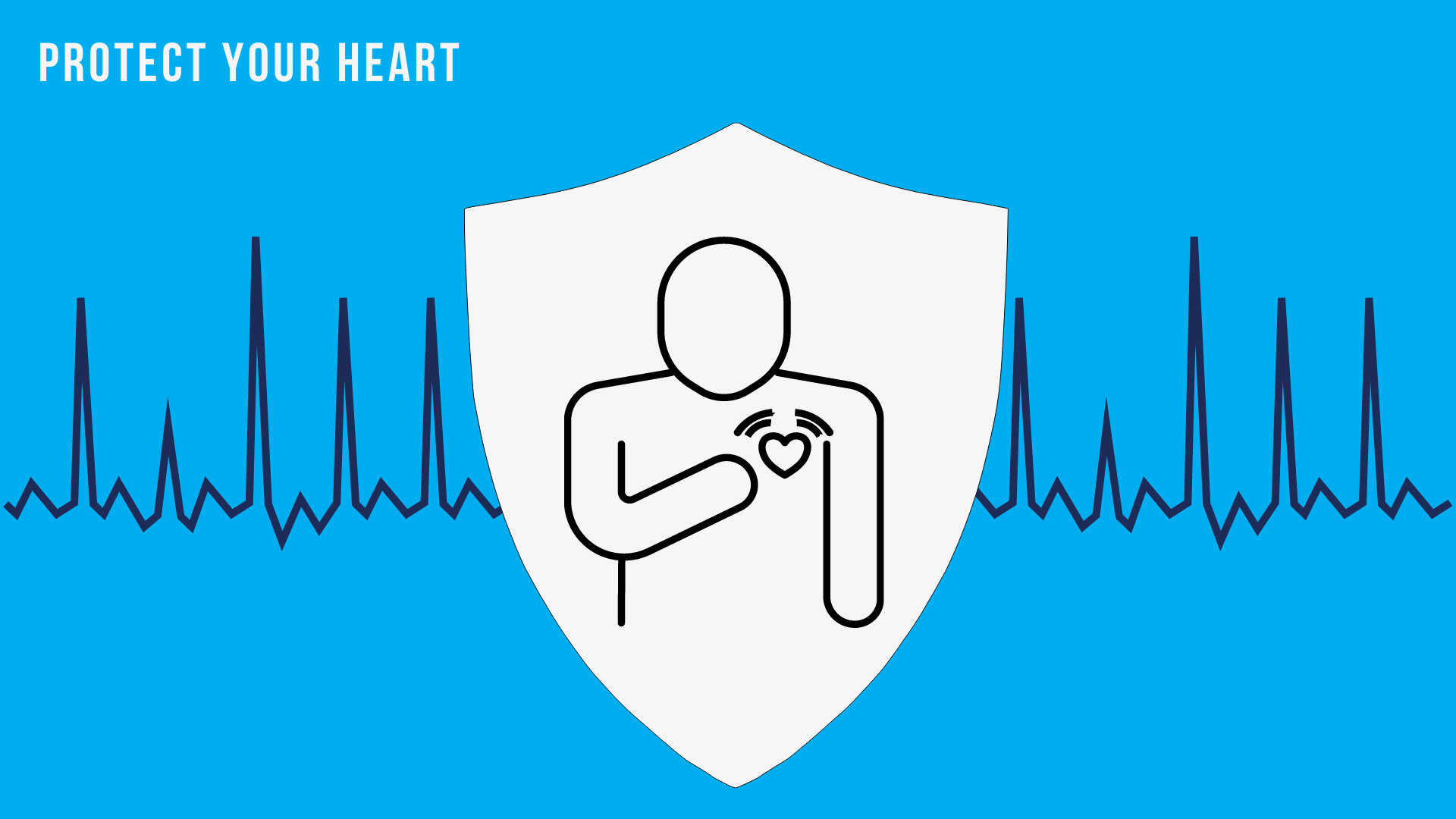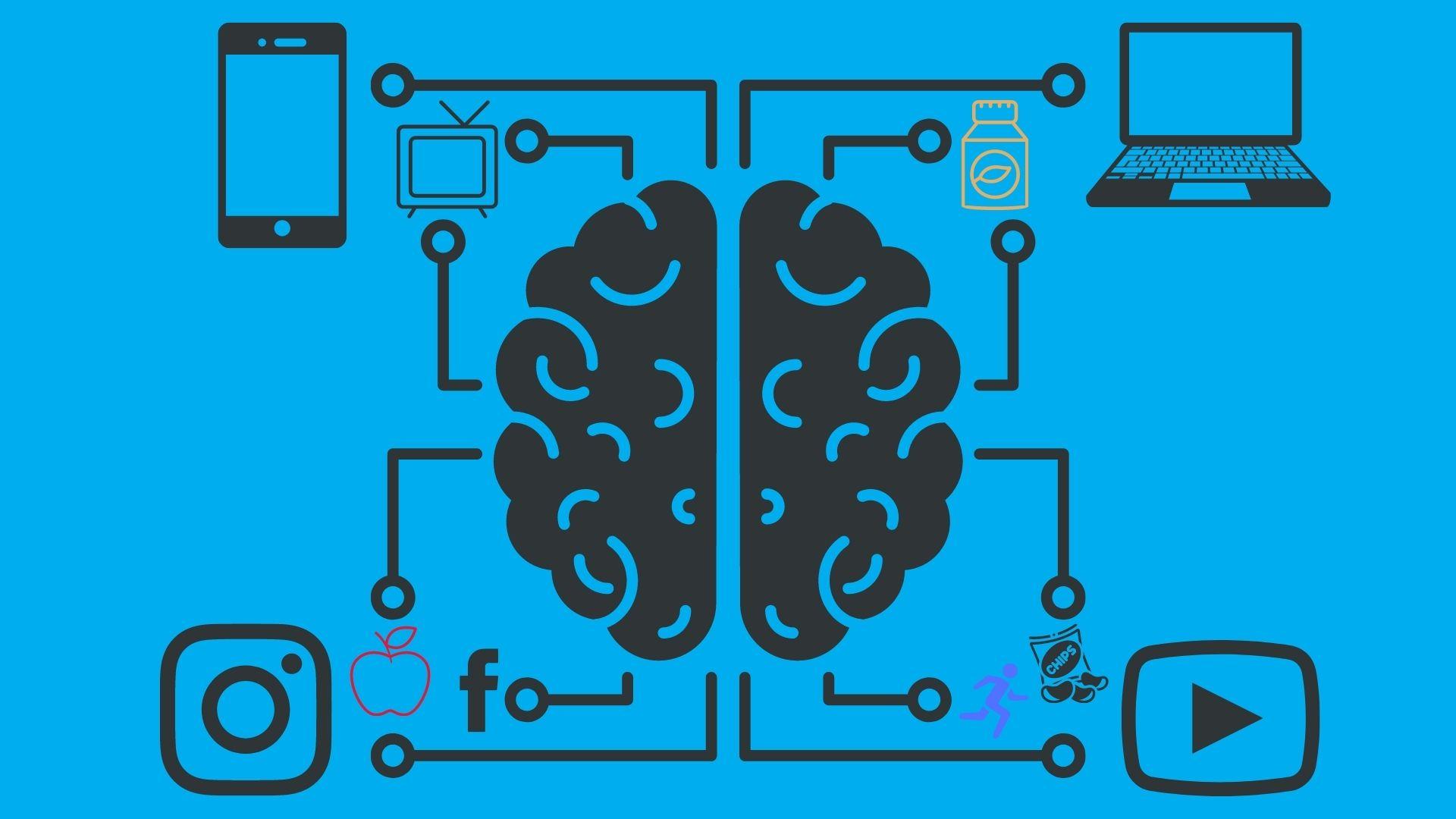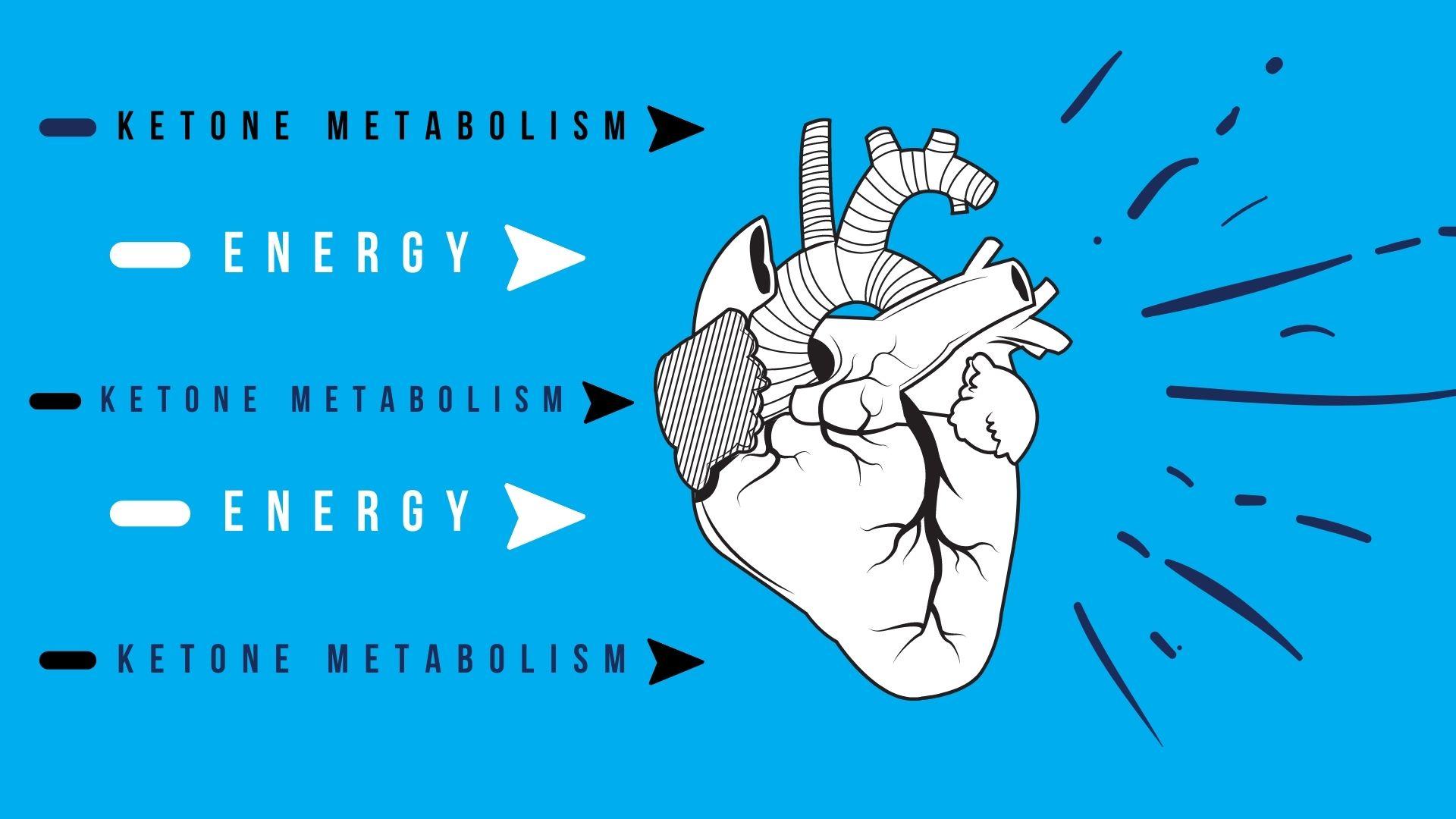Disease Reversal Fitness Healthy Lifestyle
Solutions to Insulin Resistance
⅔ of the American public is insulin resistant.
According to the CDC, 100 million, A full ⅓ of Americans have diabetes or pre-diabetes. These are both diseases. Saying pre-diabetes is a ‘pre’ disease is WRONG; pre-diabetes is a disease. An additional ⅓ or 100 million Americans are insulin resistant. It’s estimated that only 12% of the American public is metabolically healthy.
These statistics are pre-pandemic, and they are believed to have gotten much worse for the youngest Americans over the past two years. The youngest Americans are supposed to be the healthiest Americans.
What is insulin resistance, and why does it matter?
Insulin resistance will cause the following before you are diagnosed with pre-diabetes:
- – Result in fatigue
- – Sleepiness after a meal
- – Cravings for sugar 15 minutes after eating a filling meal
- – Weight gain and storage of fat
- – Increased testosterone in women and increased estrogen in men
- – Decreased testosterone in men
- – Inflammation and chronic pain
Insulin resistance means that the hormone your body releases, from an organ called the pancreas, in response to eating, called insulin, does not work the way it once did or the way it should. Instead, it has become less efficient at doing its job due to repetitive and excess use. Insulin’s job is to remove sugar, also known as carbohydrates, from your bloodstream, where it is harmful, to a place it can be safely stored such as in muscles and the liver.
Those who are resistant to this important hormone are not able to push the sugar and carbohydrates from the blood into the muscles and liver. Instead the sugar and carbohydrates are left in the bloodstream where damage is done leading to diseases like pre-diabetes and diabetes while at the same time increasing the risk for weight gain, obesity, fatty liver, heart disease, arthritis, Alzheimers and cancer.
Insulin is like a key that unlocks the door from the bloodstream to the muscle and liver cells. When you are insulin resistant, the key (insulin) does not open that door (receptor), however, there is another way to push open that door if insulin can no longer do the job. The door can be pushed open with resistance exercise (weight lifting). Contracting muscles under load can open the muscle cell up to receive the extra sugar and carbohydrates present in the bloodstream, while insulin is unable to due to resistance that has developed over time. Weight lifting or resistance exercise will also contribute, over time, to your muscles (and all other cells) to restore insulin sensitivity (the opposite of insulin resistance).
Insulin Resistance is best addressed by improving the sensitivity muscles, and liver cells have to the insulin hormone by:
- – Zone 2 exercise
- – Time-restricted eating (intermittent fasting). This is when you eat your meals in a more restricted time window.
- – Paleo-style diet (low carbohydrate, higher fat, and moderate to high protein)
While at the same time stimulating your muscles with resistance exercise.
Resistance exercise.
This means placing a resistance load on your muscles (preferably the largest muscle groups, chest, shoulders, back, thighs and glutes). Resistance training can be done with weights, resistance bands, or body weight. Getting the advice of a trainer is recommended if you have little to no experience with this type of exercise or if it has been a while since you have done these types of exercises.
Paying attention to body fat accumulation is paying attention to the symptom. Perhaps we should be looking at lean muscle mass percentage instead. Building and not even not losing muscle should be the objective for health and longevity.
Muscles are your protection, your armor. Muscle strength and size will protect you from all injuries, increase recovery time and contribute to a balanced immune system while keeping inflammation down.






